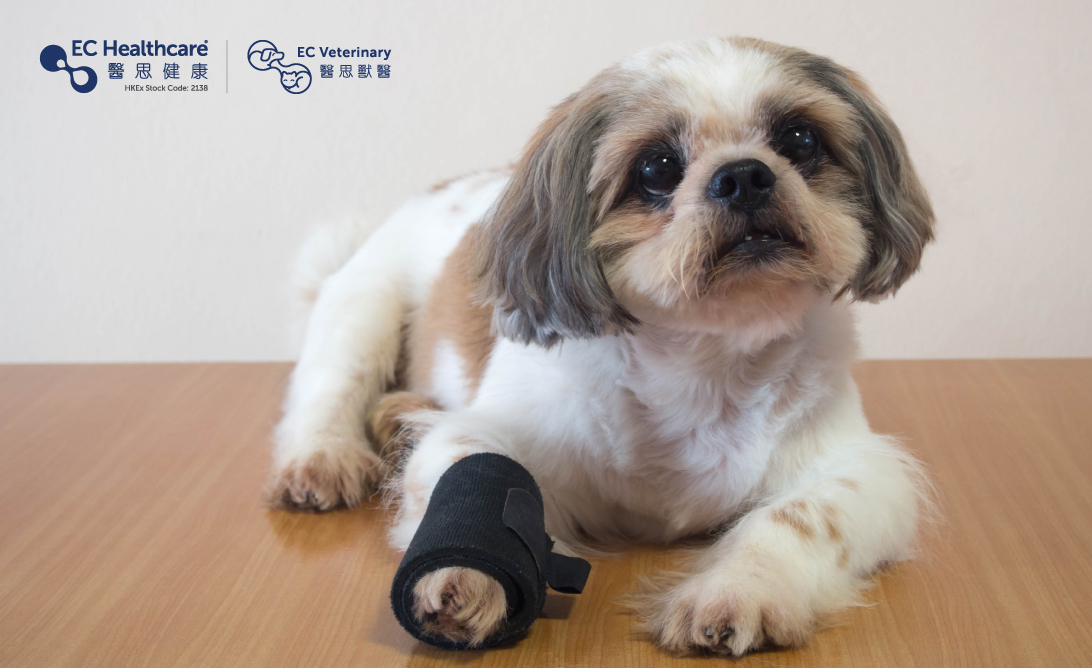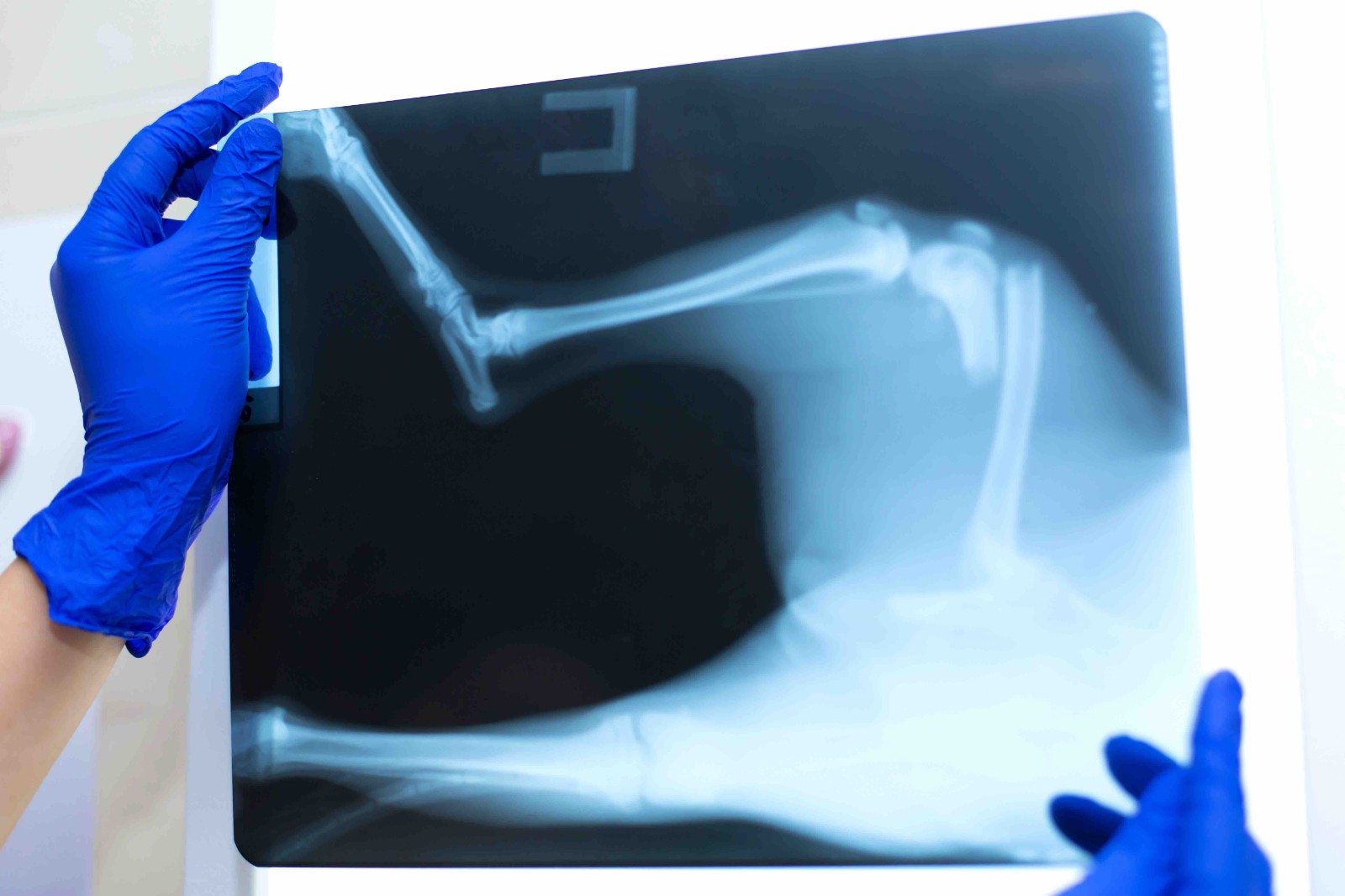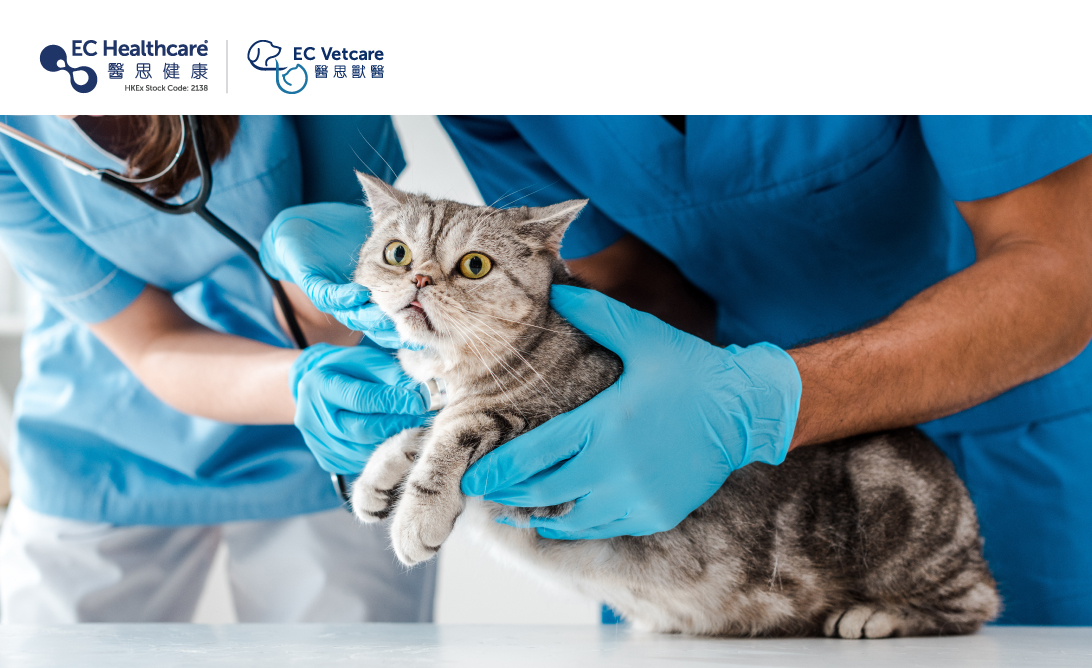Has Your Dog Suffered a Fracture? How to Identify and Treat Pet Fractures


You may have noticed a sudden change in your energetic and playful furry friend. They seem reluctant to move, walk with a limp, hold up a paw or leg, and exhibit unusual behavior. Upon closer inspection, you might even notice an abnormal angle in their limbs. These could be signs that your pet has suffered a fracture!

Why Do Pets Experience Fractures?
Sudden falls, slips, fights, impacts from heavy objects, and traffic accidents are common causes of fractures in cats and dogs. These unexpected forces exert significant pressure or impact, leading to the breakage or fracture of their bones. Underlying systemic conditions such as cancer, metabolic disorders, osteoporosis, and structural abnormalities can weaken the bones of pets, making them more susceptible to fractures. These pathological fractures occur when the bones are fragile or prone to breakage. Young animals, whose bones are still developing, are more vulnerable to fractures due to their relative weakness. Similarly, older pets may experience fractures due to age-related bone degeneration. Additionally, excessive activity, sports injuries, or over contraction of muscles can also contribute to pet fractures.
What are the Signs of a Pet Fracture?
Pet fractures are often accompanied by significant pain. Some fractures may be associated with skin lacerations, blood vessel damage, or even nerve injury. However, mild fractures without external wounds can be challenging for owners to detect. Therefore, it is important to be vigilant and watch for the following signs of a fracture in your pet:
.Limping
. Injured limb lightly touching the ground or not bearing weight at all
. Swelling and redness at the site of the fracture
. Stiffness, trembling, or unsteady gait while walking
. Vocalizations of whimpering or complaining to express extreme pain
. Abnormal angles in the limbs
. Irritability or mood changes
. Reluctance to lick, bite, or allow touching of the injured limb
How to Take a Suspected Fractured Pet to the Veterinary Clinic
When there is a suspicion of a fracture in a cat or dog, it is crucial to promptly take your pet to a professional veterinary clinic. Avoid attempting self-treatment, as improper handling methods may worsen the fracture or lead to other complications. Only a veterinarian can diagnose a pet fracture and provide a detailed physical examination and treatment plan. It is important to note that there is a golden treatment window for pet fractures, so delaying veterinary care can significantly impact the pet's future physical function.
When transporting or moving a suspected fractured pet, it is essential to handle them with care and avoid touching or attempting to adjust the fractured area. On the way to the veterinary clinic, the pet may exhibit more resistance, vocalization, and distress than usual. Owners can consider using a pet sling or gently securing the injured area with a towel or blanket to provide support and stability during transportation. Then prepare a sturdy and stable cardboard box with folded large towels placed inside to cushion against any jolts during transportation. Place the pet inside the box. If the pet is unable to walk or cannot be placed in the cardboard box, use a large towel or blanket and carefully carry the pet with a two-person sling to transport them to the veterinary clinic.
Upon arrival at the veterinary clinic, the veterinarian will conduct a clinical examination of the pet, including assessing the appearance, pain, and response of the injured area. In most cases, X-rays or CT scans will be performed to accurately assess the severity and location of the fracture, enabling the formulation of an appropriate treatment plan. Treatment options may include conservative management (such as casting or splinting), surgical intervention (using plates, screws, or pins), and pain management (pain medication, antibiotics), tailored to the specific needs of the pet. These measures aim to promote a speedy recovery for the pet.
Related Brands








